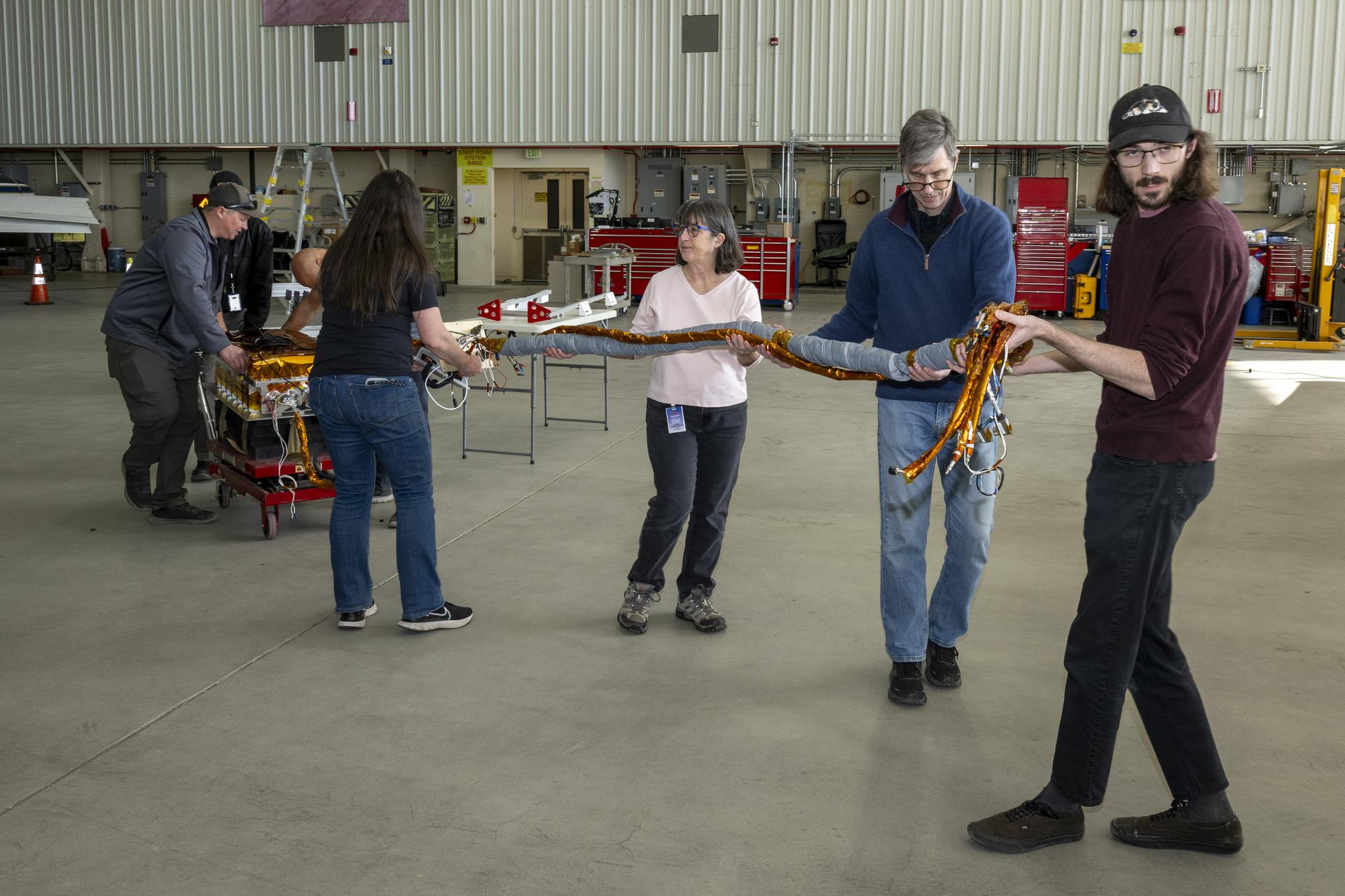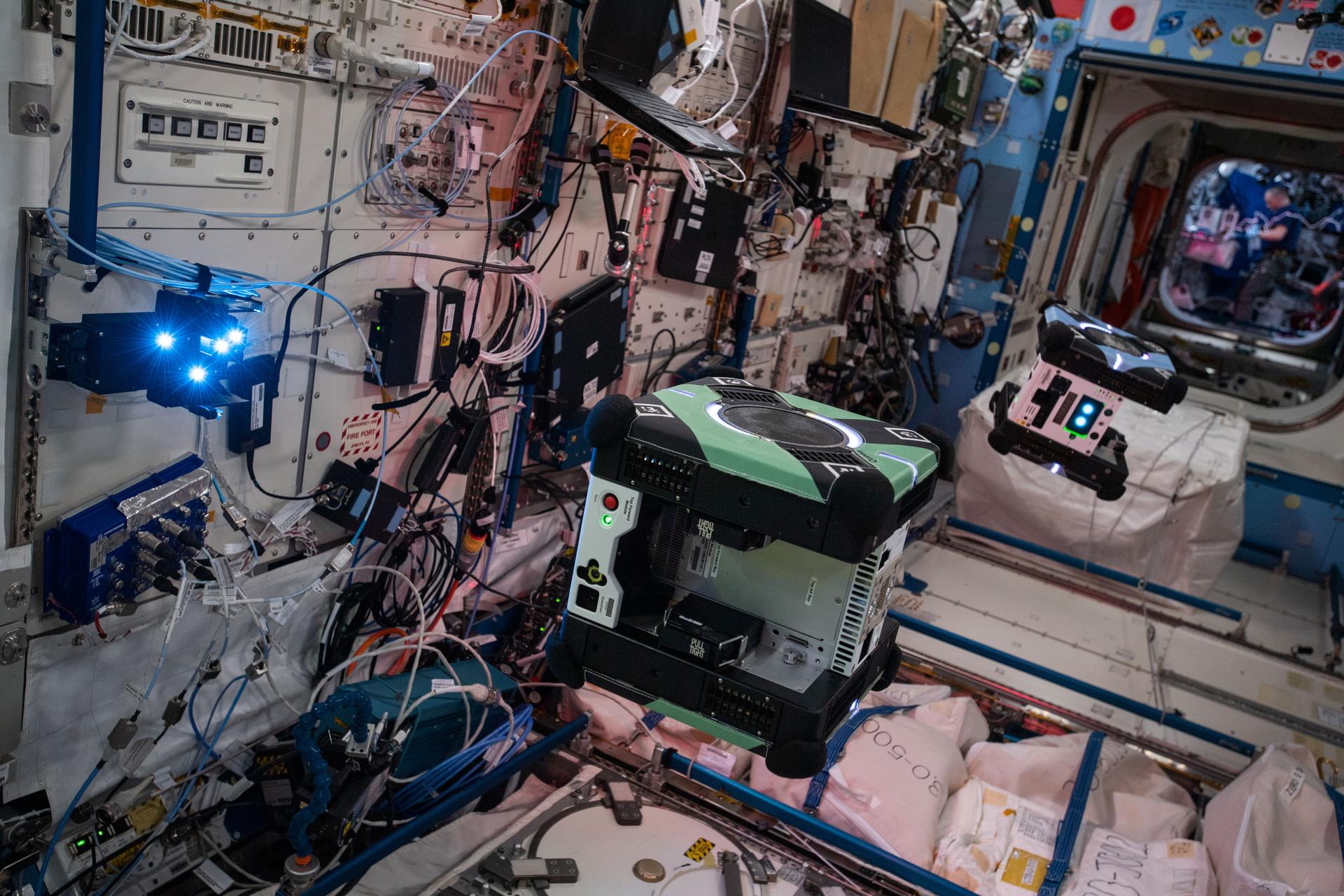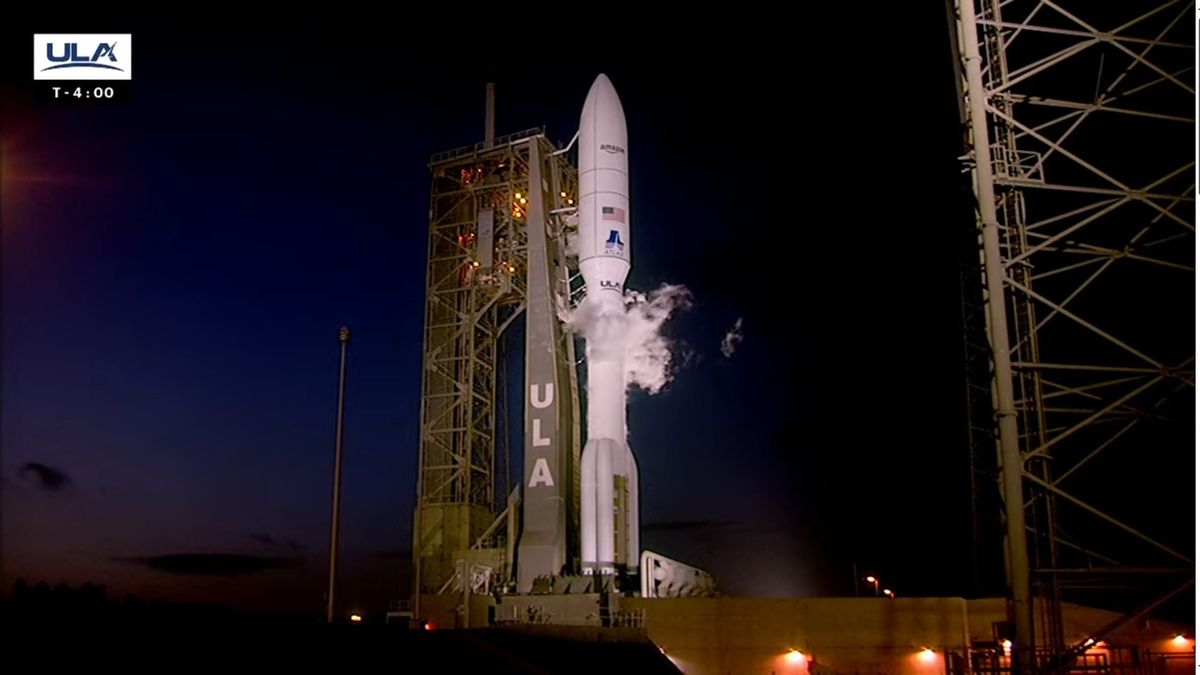5 min read How NASA Science Data Defends Earth from Asteroids Artist’s impression of NASA’s DART mission, which collided with the asteroid Dimorphos in 2022 to test planetary defense techniques. Open science data practices help researchers identify asteroids that pose a hazard to Earth, opening the possibility for deflection should an impact threat be identified. NASA/Johns Hopkins APL/Steve Gribben The asteroid 2024 YR4 made headlines in February with the news that it had a chance of hitting Earth on Dec. 22, 2032, as determined by an analysis from NASA’s Center…
Read MoreDay: April 10, 2025
GLOBE, NASA, and the Monsignor McClancy Memorial High School in Queens, New York
Explore This Section Science Science Activation GLOBE, NASA, and the Monsignor… Overview Learning Resources Science Activation Teams SME Map Opportunities More Science Activation Stories Citizen Science 4 min read GLOBE, NASA, and the Monsignor McClancy Memorial High School in Queens, New York When students actively participate in scientific investigations that connect to their everyday lives, something powerful happens: they begin to see themselves as scientists. This sense of relevance and ownership can spark a lifelong interest in science, technology, engineering, and math (STEM), paving the way for continued education…
Read MoreNASA Measures Moonlight to Improve Earth Observations
The airborne Lunar Spectral Irradiance (air-LUSI) instrument is moved across the hangar floor by robotic engineer Alexander McCafferty-Leroux ,from right to left, co-investigator Dr. John Woodward, NIST astronomer Dr. Susana Deustua, air-LUSI chief system engineer Dr. Kathleen “Kat” Scanlon, and members of the ER-2 ground crew at NASA’s Armstrong Flight Research Center in Edwards, California, in March 2025. NASA/Genaro Vavuris Flying high above the clouds and moon-gazing may sound like a scene from a timeless romance, but NASA did just that in the name of Earth science research. In March…
Read MoreHave We Been to Uranus? We Asked a NASA Expert: Episode 56
2 min read Preparations for Next Moonwalk Simulations Underway (and Underwater) Have we ever been to Uranus? The answer is simple, yes, but only once. The Voyager II spacecraft flew by the planet Uranus back in 1986, during a golden era when the Voyager spacecraft explored all four giant planets of our solar system. It revealed an extreme world, a planet that had been bowled over onto its side by some extreme cataclysm early in the formation of the solar system. That means that its seasons and its magnetic field…
Read MoreLinear Sand Dunes in the Great Sandy Desert
In northwest Australia, the Great Sandy Desert holds great geological interest as a zone of active sand dune movement. While a variety of dune forms appear across the region, this astronaut photograph features numerous linear dunes (about 25 meters high) separated in a roughly regular fashion (0.5 to 1.5 kilometers apart).
Read MoreStation Nation: Meet Nick Kopp, SpaceX Dragon Flight Lead
Nick Kopp is a Dragon flight lead in the Transportation Integration Office at Johnson Space Center in Houston. He is currently leading NASA’s efforts to prepare, launch, and return the agency’s 32nd SpaceX commercial resupply services mission. He works directly with SpaceX and collaborates with NASA’s many internal, external, and international partners to ensure the success of this and other cargo missions to the International Space Station. Read on to learn about his career with NASA and more! Nick Kopp’s official portrait. NASA/Bill Stafford The time and effort spent building,…
Read MoreNASA’s SpaceX 32nd Resupply Mission Launches New Research to Station
4 min read Preparations for Next Moonwalk Simulations Underway (and Underwater) NASA and SpaceX are launching the company’s 32nd commercial resupply services mission to the International Space Station later this month, bringing a host of new research to the orbiting laboratory. Aboard the SpaceX Dragon spacecraft are experiments focused on vision-based navigation, spacecraft air quality, materials for drug and product manufacturing, and advancing plant growth with less reliance on photosynthesis. This and other research conducted aboard the space station advances future space exploration, including missions to the Moon and Mars,…
Read MoreNASA Offers Free High School Engineering Program This Summer
This summer, NASA’s Glenn Research Center in Cleveland is offering a free summer STEM program for high school students in their junior and senior years. Credit: NASA NASA’s Glenn Research Center in Cleveland is launching the NASA Glenn High School Engineering Institute this summer. The free, work-based learning experience is designed to help high school students prepare for a future in the aerospace workforce. Rising high school juniors and seniors in Northeast Ohio can submit applications for this new, in-person summer program from Friday, April 11, through Friday, May 9.…
Read MoreLaunch of Amazon’s 1st Kuiper internet satellites delayed by bad weather
Amazon may be a whiz at fast online deliveries, but the massive company will have to wait to launch the first satellites of its new space internet constellation after bad weather thwarted a liftoff on Wednesday night. A United Launch Alliance Atlas V rocket attempted to launch 27 of Amazon’s first Project Kuiper internet satellites to orbit from Florida’s Cape Canaveral Space Force Station on April 9, but persistent clouds near the pad violated launch rules, ULA officials said. “It is confirmed that we will not continue with the Amazon…
Read More






